There can be your advertisement
300x150
How to Plan and Design Your Dream Wardrobe: Useful Tips
We tell you how to design the perfect wardrobe yourself, where there's space for all your things
How to plan a wardrobe so that all your clothes are in their right places and mornings start with a smile, not sighs and exclamations? Following the instructions of decorator Oksana Panteleeva, you can calculate the necessary number of shelves and hangers, decide on the height and width of niches, and place the crossbars wisely — and you'll still have free space!
Oksana Panteleeva, decorator
How to properly draw up a dream wardrobe is important not only for the entrance hall or corridor. It's also relevant for dressing rooms and large wardrobes in bedrooms. Regardless of location, the main thing is to arrange everything in its proper place.
So today I'm going to tell you about the key steps to organize storage in your home wardrobes correctly.
 Design: BALCON
Design: BALCONStep 1: Find a place for the wardrobe
Determine where the wardrobe will stand, what it's intended for, and what items will be stored there. I divide wardrobes by this principle:
- shared for husband and wife;
- wardrobe for him or her;
- children's wardrobe;
- shared wardrobe for everyone;
- wardrobe only for outerwear;
- wardrobe for all clothes except outerwear;
- wardrobe with or without ante-rooms.
This first step is very important. Because one thing is planning a wardrobe in the entrance hall, and something completely different is a wardrobe in a bedroom. Don't miss this point!
Step 2: Determine the required sizeEvaluate the actual size of the wardrobe that can fit in your space. We can dream and imagine many things, but reality will offer very different options.
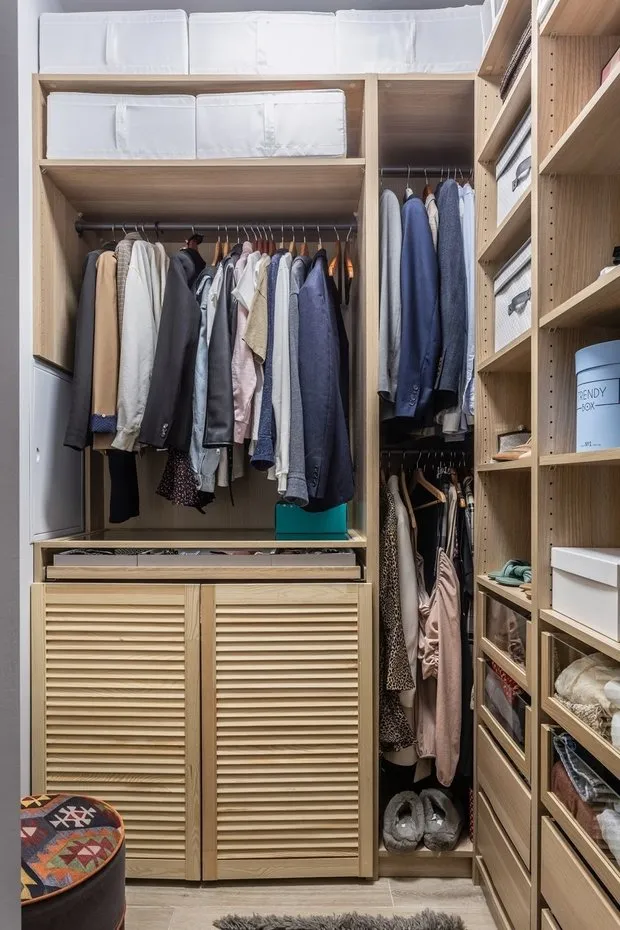 Design: Vladа Vologirova
Design: Vladа VologirovaStep 3: Sort your clothes
Sort the items for storage. Divide them into those stored on hangers and those stored on shelves. At first, this may seem silly — but only this way will you understand how many shelves and hangers you need for sweaters, t-shirts, etc.
Sort your items into stacks or piles. At one time I drew up a hundred sheets before reaching consensus with myself. It looked something like this:
- my sweaters — 5 pcs.
- my husband's sweaters — 10 pcs.
- my husband's suits — 10 pcs.
- my dresses — 20 pcs.
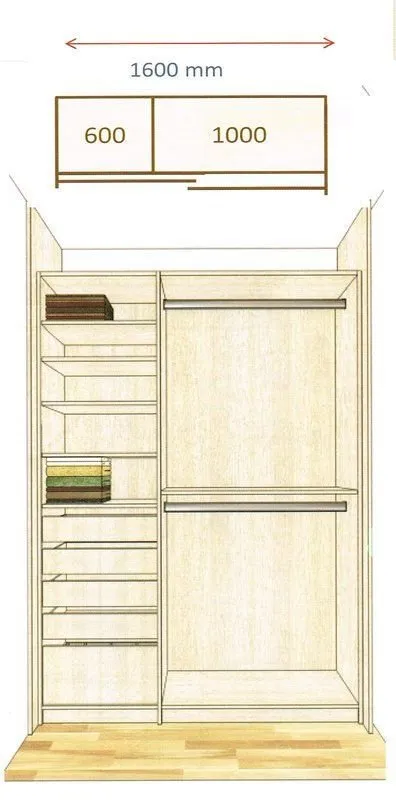 Step 4: Plan storage methods
Step 4: Plan storage methodsDecide how you will store bags, hats, and small accessories. Review all the options for storing ties, pocket squares, bags, belts online and choose the most convenient one for you. Pay special attention to footwear.
Think about how and where blankets, pillows, and large off-season items will be stored. Don't forget about suitcases and large bags either. If you have sports equipment like skis, ski boots, or skates — provide space for them too.
 Design: Aigul Sultanova
Design: Aigul SultanovaStep 5: Calculate the dimensions of compartments
Now that you understand how many items you actually have, move on to planning and drawing up the wardrobe.
It's important to understand how much space a person takes up when trying to reach the top shelf or looking for something on the bottom shelf; how far they can reach if they stand on a stool. It immediately becomes clear that hangers for dresses and coats can be placed at a height of two meters, and above that you’ll have to use a special “lift.”
 Step 6: Measure your clothes
Step 6: Measure your clothesMeasure the length of your clothes, especially long dresses and coats — so you know which compartments to plan for “long garments.” For example, one dress can be 140–175 cm long, and ten dresses on hangers in a row will take up 30–40 cm on the crossbar.
That’s why it's important to count all your clothes right away so you can plan enough space for storing them. Don’t forget to leave some “extra” space for adding more items to your dream wardrobe.
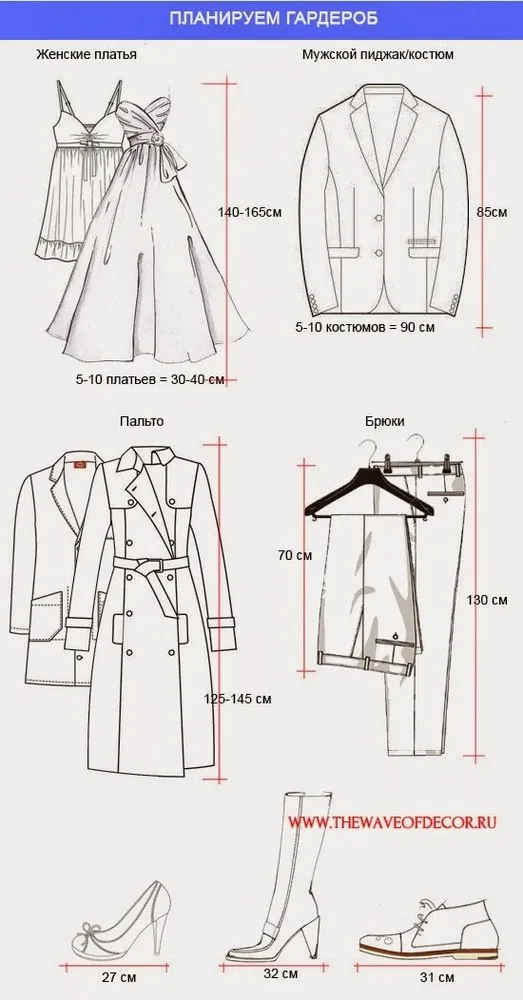 Step 7: Move to drawing
Step 7: Move to drawingMove on to drawing the wardrobe. Let the sketch be schematic — even a rough sketch will help you plan the number and size of wardrobe compartments.
I offer some useful numbers:
- Standard depth of a wardrobe with swing doors is 60 cm.
- A wardrobe with sliding doors will take up more space by 8–10 cm — depending on the technical specifications of the sliding system.
- The space above the crossbar should be no less than 5–6 cm to comfortably reach items on the shoulders.
- The convenient height of shelves for low shoes is 17–20 cm, if the footwear is stored in normal position, not on special stands.
- For tall boots, leave about 50 cm of free space — the average height of boots is 40–41 cm.
Small items like socks, pocket squares, and underwear are better stored in pull-out drawers or baskets.
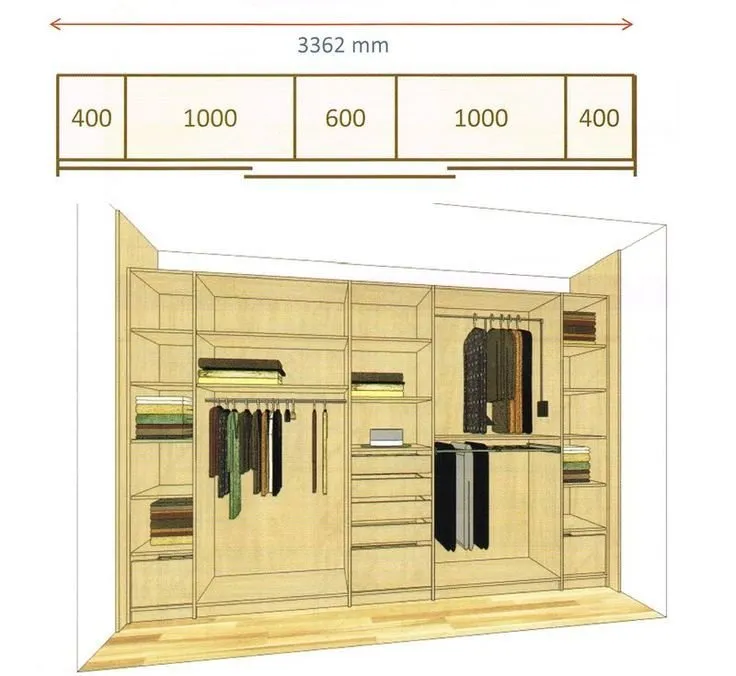
More articles:
 How the Blocking of Instagram* and Other Restrictions Will Affect Designers' Work
How the Blocking of Instagram* and Other Restrictions Will Affect Designers' Work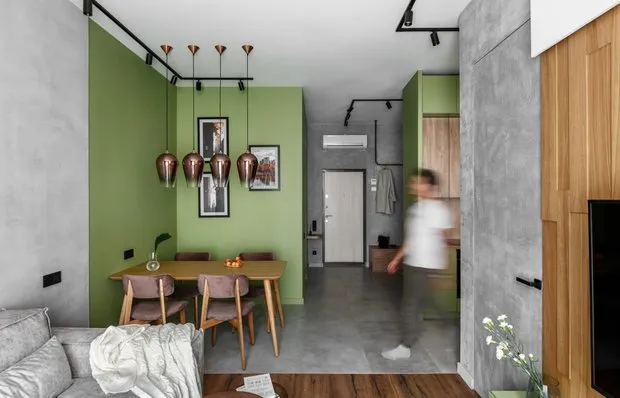 How to Calculate the Cost of a Design Project and What It Depends On
How to Calculate the Cost of a Design Project and What It Depends On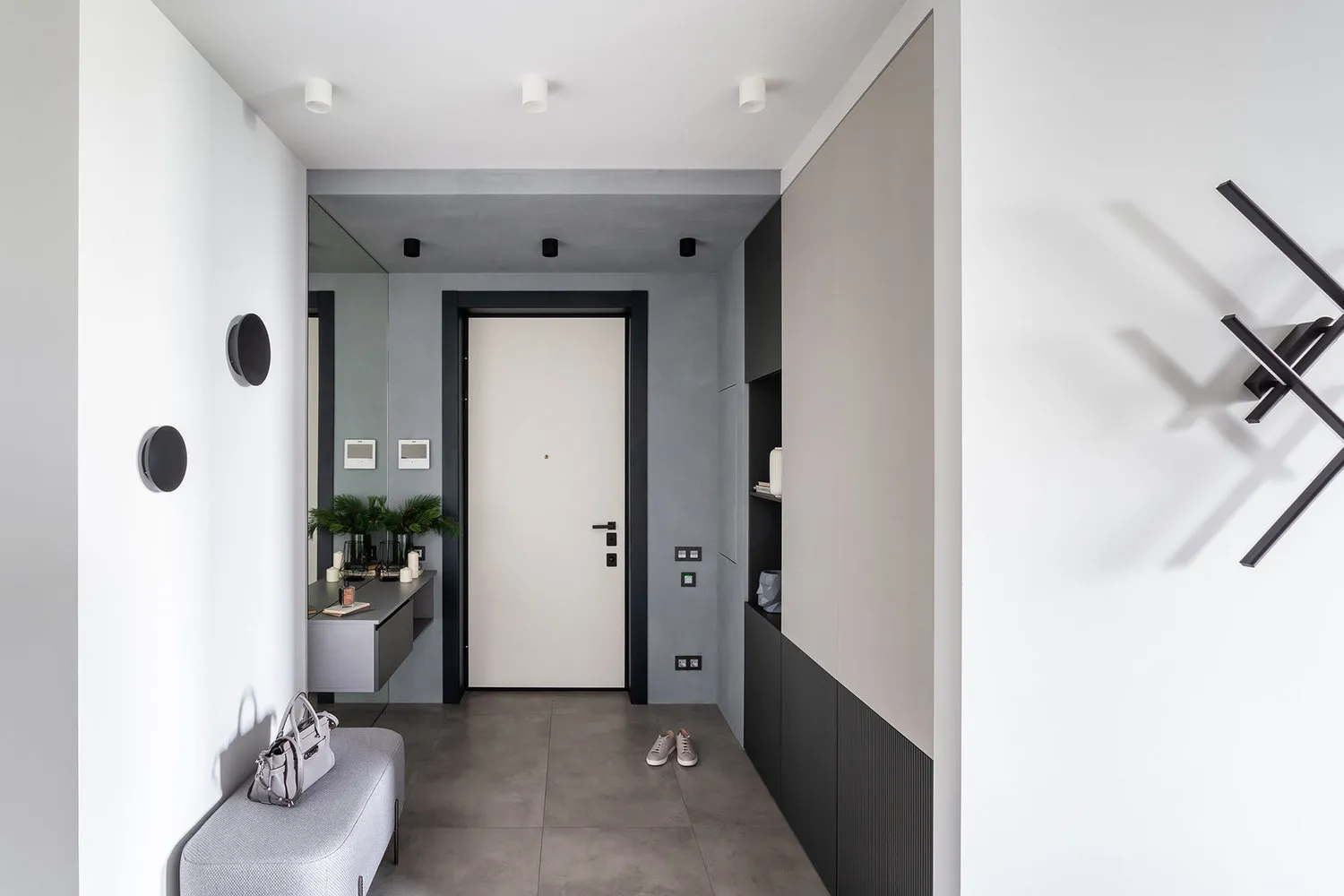 7 Stylish Foyers with Cool Features
7 Stylish Foyers with Cool Features How to Make a Full Studio Apartment: Tips from a Professional
How to Make a Full Studio Apartment: Tips from a Professional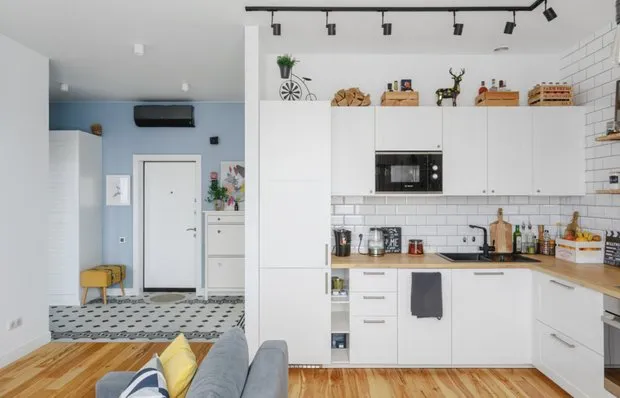 8 useful services that will help you save money on repairs
8 useful services that will help you save money on repairs What to Replace IKEA With: 10 Great Products
What to Replace IKEA With: 10 Great Products Trends in Indoor Greening for 2022
Trends in Indoor Greening for 2022 6 Classy Bathrooms Decorated Without a Designer
6 Classy Bathrooms Decorated Without a Designer